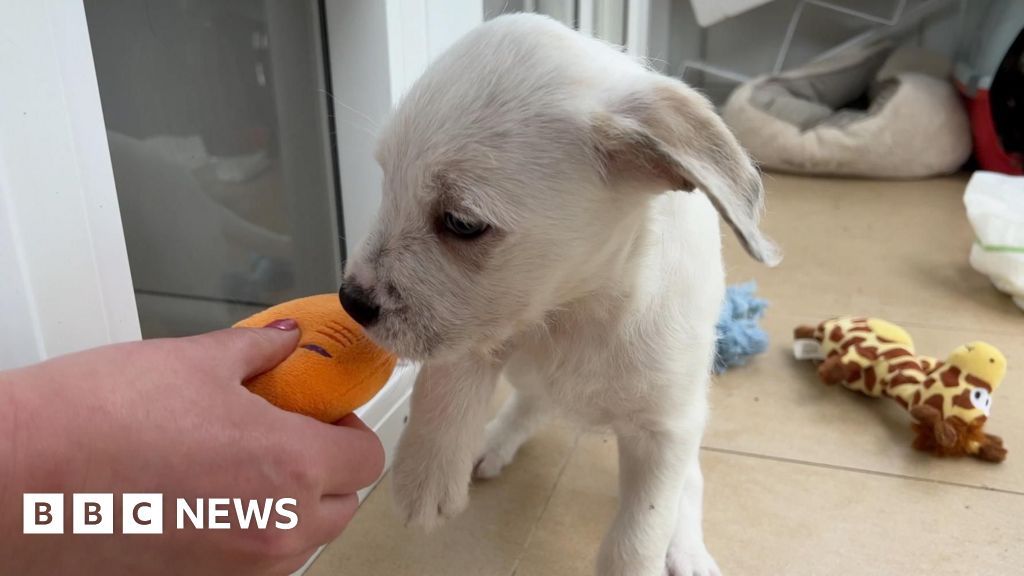From baguettes to beer, the world’s leading food and drinks makers are rushing to reduce their carbon footprint by tackling one of the hidden culprits of emissions in their value chains: fertilisers.
Ahead of disclosure rules for greenhouse emissions throughout their supply chains enacted next year, companies including PepsiCo, Heineken and Nestlé have turned to green fertiliser start-ups to help tackle emission levels.
Crop nutrients underpin production of half the world’s food but contribute significant CO₂ emissions at the same time. Fertilisers used for agricultural ingredients account for about 15 per cent of total emissions from beer supply chains and 35-40 per cent for bread, according to industry experts.
Nitrogen-based fertiliser and farm manure make up 5 per cent of global greenhouse gas emissions, producing 2.6bn tonnes of CO₂ a year, more than global aviation and shipping combined, according to research published by the journal Nature Food.
“Nitrogen fertiliser is the highest emissions source for most foods,” especially for bread and cereal, said Petter Ostbo, chief executive of Atlas Agro, a Switzerland-based green fertiliser start-up.
Emissions from crop nutrients should be easy to reduce, he said, adding: “The technology exists and is competitive . . . All that is needed is for the food producers to become aware and to support.”
Food manufacturers say they recognise the need for change. “We’re the world’s biggest food and beverage company and so if we’re not taking a leading position on this then what hope do the rest have?” said Matt Ryan, who is behind Nestlé UK’s regenerative agriculture efforts.
From January, companies incorporated in the EU will be obliged to report the carbon footprint of their entire supply chains, known as “scope 3” emissions. The US is working on similar disclosure rules, although these have been delayed.
While manufacturing fertilisers produces carbon dioxide — accounting for close to 1.5 per cent of global CO₂ emissions — once applied to land, microbes in the soil break down the crop nutrients, producing nitrous oxide, which has a warming effect that is 265 times greater than CO₂.
Faced with regulatory changes, the industry and its partners have stepped up efforts to produce lower carbon ammonia — a critical ingredient in nitrogen-based fertiliser — and practices that improve so-called nitrogen use efficiency.
Pawel Kisielewski, chief executive of CCm Technologies, is among the start-up company founders benefiting from rising interest in green fertilisers.
The company mixes CO₂ captured from industrial activities with organic materials, including sludge from sewage plants and byproducts from food factories, to make crop nutrients.
It recently partnered with Nestlé and Cargill, using cocoa shells from a confectionery site in York, England, where the agricultural trader processes cocoa for Nestlé products such as KitKats. The lower-carbon fertiliser produced is then used on 120 arable farms in Nestle’s supply chain in Suffolk and Northamptonshire.
For crops such as wheat, fertilisers account for half of the total emissions produced, said Ryan. There is “a double opportunity here” to reduce waste and cut scope 3 emissions, he said.
CCm’s fertiliser manufacturing process, which has been certified by the Carbon Trust, will help reduce emissions by at least 70 per cent, said Kisielewski. He added that the company plans to triple production in the next few years and expand into Europe.

In alcoholic beverages, the pursuit of a low-carbon beer has led Heineken to be part of an investor consortium backing fertiliser group FertigHy. The start-up plans to start construction on its first plant in Spain in 2025 and aims to have two plants, each producing 1mn tonnes of low-carbon fertiliser a year from 2029.
FertigHy, which also has investments from French agribusiness InVivo, will make ammonia using hydrogen from water electrolysis based on renewable electricity.
Heineken’s strategic sourcing director for raw materials Alberto Maynez, said that to reach its goal of net zero by 2040, the brewer needed a supply of low-carbon fertiliser. The company invested in FertigHy because although “the industry was taking ‘steps’” to reduce emissions, they were “not accelerated”, he said.
Tesco, the UK’s largest food retailer, is also working with low-carbon fertiliser manufacturers, including several start-ups such as CCm. The retailer recently said that after initial field trials produced vegetables including lettuces, carrots and potatoes with a 50 per cent reduction in emissions levels, from 2024 it would increase the trial area tenfold to 13,000 hectares.
TH Clements, one of the vegetable producers involved, found that at the end of the first year, product quality was “almost like for like” and yields were lower but not far off normal output. The group’s agriculture director Peter Taylor said there was a “potential explosion” of demand for low-carbon fertilisers as agriculture experiences “an absolutely enormous” step-change.

Although investments into low-carbon fertiliser start-ups received a boost from the surge in traditional crop nutrient prices in the wake of Covid-19 and the war in Ukraine, alternative products remain expensive partly due to the small quantities produced.
Despite holding a lot of promise, as with many agricultural innovations, production levels remain limited leading to high prices. Alzbeta Klein, head of the International Fertilizer Association, said that “none of these new technologies have been scaled up yet”. “The door is open to each and every solution,” she added.
A shift to low-carbon crop nutrients required state support, believe some executives. InVivo’s Edouard Piens said regulations on scope 3 emissions were necessary but not sufficient and government subsidies were needed to close the price gap between traditional fertilisers and low-carbon alternatives — currently about $200 per tonne.
The low-carbon market was so small today that it barely existed, said José Antonio de las Heras, FertigHy chief executive. “Very expensive and very limited”, it is “more a demo market” than a real one, he said, adding that change across the industry as a whole was happening “very slowly”.
Prices would fall as volumes increase, but for this to happen, food groups needed to work together, acknowledged Nestle’s Ryan.
“We’re never the [only buyer] for a farmer,” he said, adding that Nestlé would be interested in creating a low-carbon fertiliser production hub in the UK with PepsiCo — “if we can find a location that works”.
Credit: Source link











